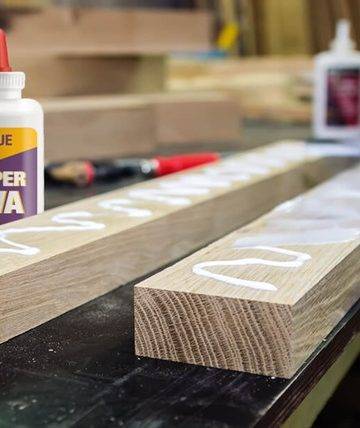Lab-grown diamonds are created in a laboratory using either the High Pressure, High Temperature (HPHT) or Chemical Vapor Deposition (CVD) processes.
In both methods, the carbon atoms of the original mined lab grown diamonds Singapore are collected and then deposited in a crystallized form. This creates a lab-grown diamond that is completely chemically and physically identical to a natural diamond.
1. They Are Chemically and Physically Similar to Natural Diamonds
While many people are familiar with natural diamonds, which formed deep in the earth under extreme pressure and high temperature billions of years ago, most are not aware that lab-grown diamonds can be created in a laboratory. These diamonds are chemically and physically similar to the naturally-formed stones.
In a lab, two processes create Lab Grown Diamonds that are colorless or near-colorless: chemical vapor deposition (CVD) and high pressure, high temperature (HPHT). The CVD process involves depositing carbon atoms on a seed of graphite, which slowly transforms it into a crystalline structure.
The HPHT process mimics the same conditions that exist in the Earth’s crust to form natural diamonds. This method produces a square-shaped, tabular diamond crystal that’s very similar to the shape of a mined diamond.
Like natural diamonds, lab-grown diamonds can be graded using the 4C’s of GIA: cut, color, clarity and carat. They also exhibit unique physical characteristics, such as weak strain patterns and color zoning that can be seen by a gemologist under a microscope.
2. They Are Ethically Made
There are some ethical concerns about the diamond mining industry, including child labor and exploitation of workers. Lab-grown diamonds circumvent those issues, but they aren’t totally environmentally friendly.
They use the same heat and pressure as mined diamonds, but are fashioned inside a machine rather than in the bowels of the earth. They use less energy and require less land, and they’re cheaper than mined diamonds.
Another advantage of lab-grown diamonds is that they can be cut, polished, and set in a wide range of shapes and sizes. Many are available in fancy colors, too.
Some jewelry brands work exclusively with lab-grown diamonds, so you’re sure to find a beautiful piece to suit your style. Clean Origin, for example, sells only lab-grown diamond engagement rings and wedding bands. It also plants a tree for every item sold, so you can shop with an eco-conscious approach. And Plum Diamonds offers a wide range of premade ring styles or a custom ring designer so you can design your own ring to suit your taste and budget.
3. They Are More Affordable
The cost of lab-grown diamonds has gotten much cheaper over the years. This is because the technology behind lab diamond production has improved, resulting in lower manufacturing costs.
When a diamond is made in a lab, it can be made into a variety of different sizes and shapes, including round, oval, emerald, princess, marquise and pear cuts. These diamonds are often more affordable than mined diamonds, particularly for smaller carat weights and fancy colored stones.
Because of this, lab-grown diamonds are a great alternative for those who want to save money on a diamond. They can be just as sparkly and hard as natural diamonds and are more durable, too.
However, lab-grown diamonds may not hold their value as well as natural diamonds over time. This is because they are not rare, and are produced more easily than natural diamonds.
4. They Are Sparkling
If you’re looking for a diamond that sparkles, lab-grown diamonds are a great choice. They are as good as natural diamonds in terms of color and clarity and offer choicer than ever before.
They are also less expensive than natural diamonds, making them affordable for people on a budget or those with an eco-friendly ethos. Plus, they’re easier to care for.
The process of creating a lab-grown diamond is called Chemical Vapor Deposition (CVD). A diamond seed is encased inside a chamber that heats to a certain temperature.
Once the chamber is heated, carbon begins to form a thick layer around the diamond seed.
It’s then cut and polished to create the diamond you see in your jewelry. They are a perfect replacement for the natural diamonds that took millions of years to form in the earth.
Conclusion
As with any type of jewelry, it’s important to clean and maintain your lab-grown diamonds to keep them bright and sparkling for years to come. Here are some ways to do it right.














